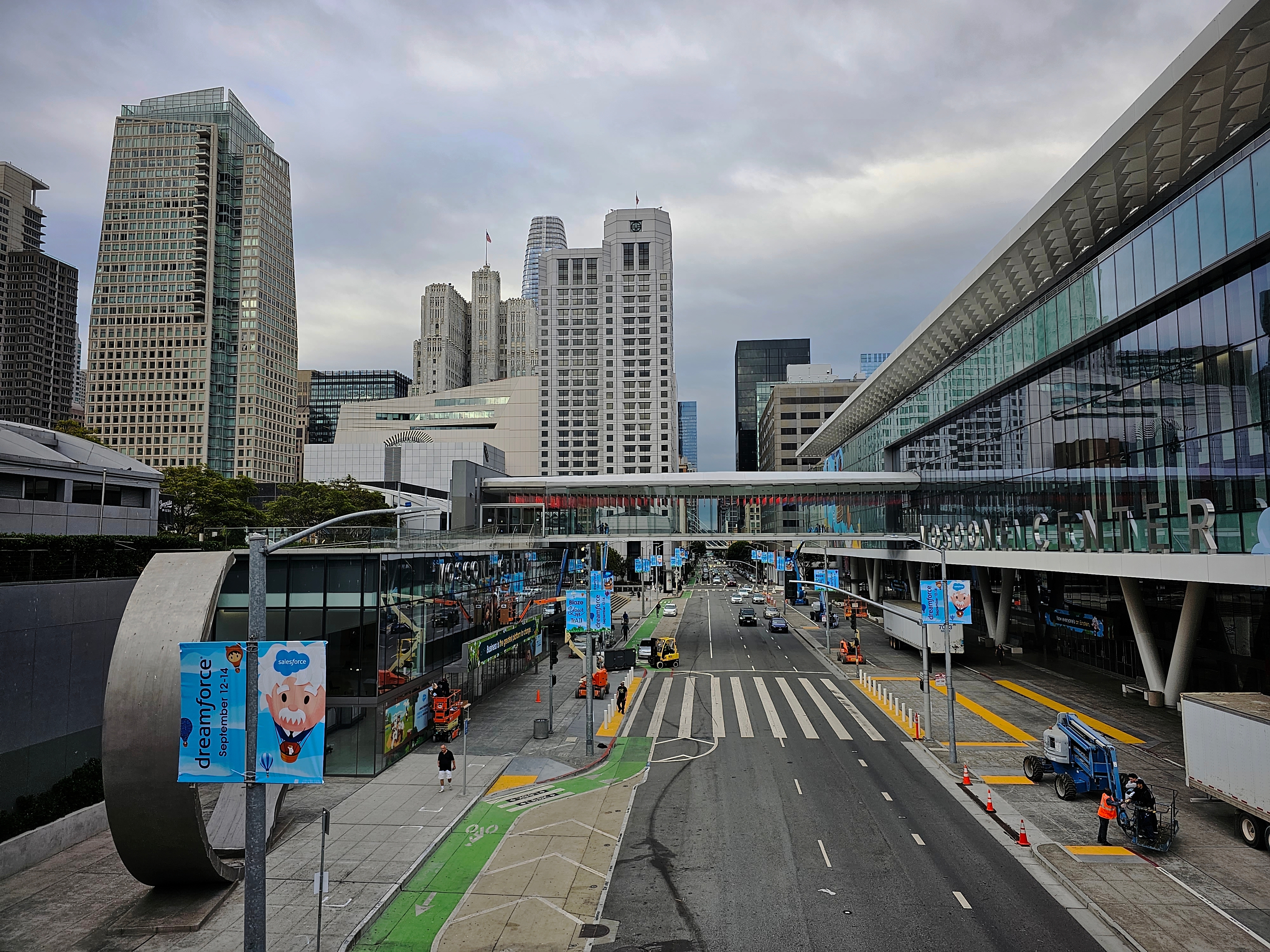Everyone here has written echoes of the same viewpoint: the wealthy got too greedy and so now the whole world will die as they stand and watch.
While I understand the allure of such narratives that paint a world falling into pieces at the hands of the ultra-wealthy, I think it's worth exploring an alternate vision of late-stage capitalism. One where despite being grim, we avoid descending into a completely unrecognizable dystopia.
In this scenario, nearly the entire workforce is displaced by robotic and AI-driven automation, leading to a massive societal shift. With most traditional jobs gone, the public faces mass unemployment and widespread poverty. Outcry erupts as the majority falls below the poverty line. With nearly all jobs displaced, for most people only two options remain: attempt entrepreneurship or face unemployment.
Confronted with growing public unrest, governments reluctantly implement basic welfare measures such as small universal basic income or food stamps, providing just enough for people to get by. Meanwhile, the majority of global funding is redirected toward research and development, primarily powered by these new forms of automation. This fuels breakthroughs in production and technology, eventually driving down the cost of quality goods. Over time, even those relying on minimal welfare begin to see modest improvements in their quality of life.
Meanwhile, the wealth gap grows wider than ever. Billionaires, enriched by the automation economy, turn their attention to ambitious but arbitrary ventures like constructing moon bases, developing underwater cities, or investing in life-extension technologies. Occasionally, these projects destabilize society—whether through anti-competitive practices or efforts to sidestep government oversight—but as long as governments hold their ground (a non-trivial task), their effects on the majority remain limited.
What results is a fragile balance: a world with basic welfare programs supplying the masses, incremental technological progress, and a stark divide between the majority and the ultra-wealthy. It’s far from utopian, but it avoids outright collapse. As innovation continues, life gradually improves for everyone—even though the wealthiest always dictate the terms and reap the greatest rewards.



Hmm, if you're interested in expanding further I'd love you to share more detail. What specifically in the scenario I proposed would require foresight?
I suppose you could say the government passing some form of increased welfare could require foresight but even that is primarily reactionary (a reaction to the public unrest from record rates of unemployment and poverty). If you look at the civilian unemployment rate, it's quite low right now, around 5%. In the worst of times, it's been 10-15% during which there were huge pushes for the government to step in (ie. covid relief / 2008 financial reforms). That makes me think that if we experienced sustained high (15%+) unemployment it's quite reasonable to predict that there'd be enough pressure for the government to provide some significant form of relief.
If anything, my pessimism would stem from social unrest due to the polarization of media, the hyper optimization of content, and similar negative byproducts of capitalism plus advanced optimization. But I view these all as distinct problems separate from the problems discussed here (the economic conditions induced by late-stage capitalism).